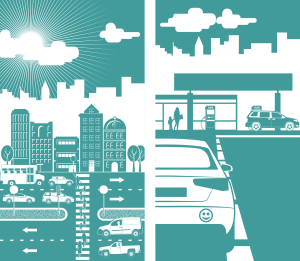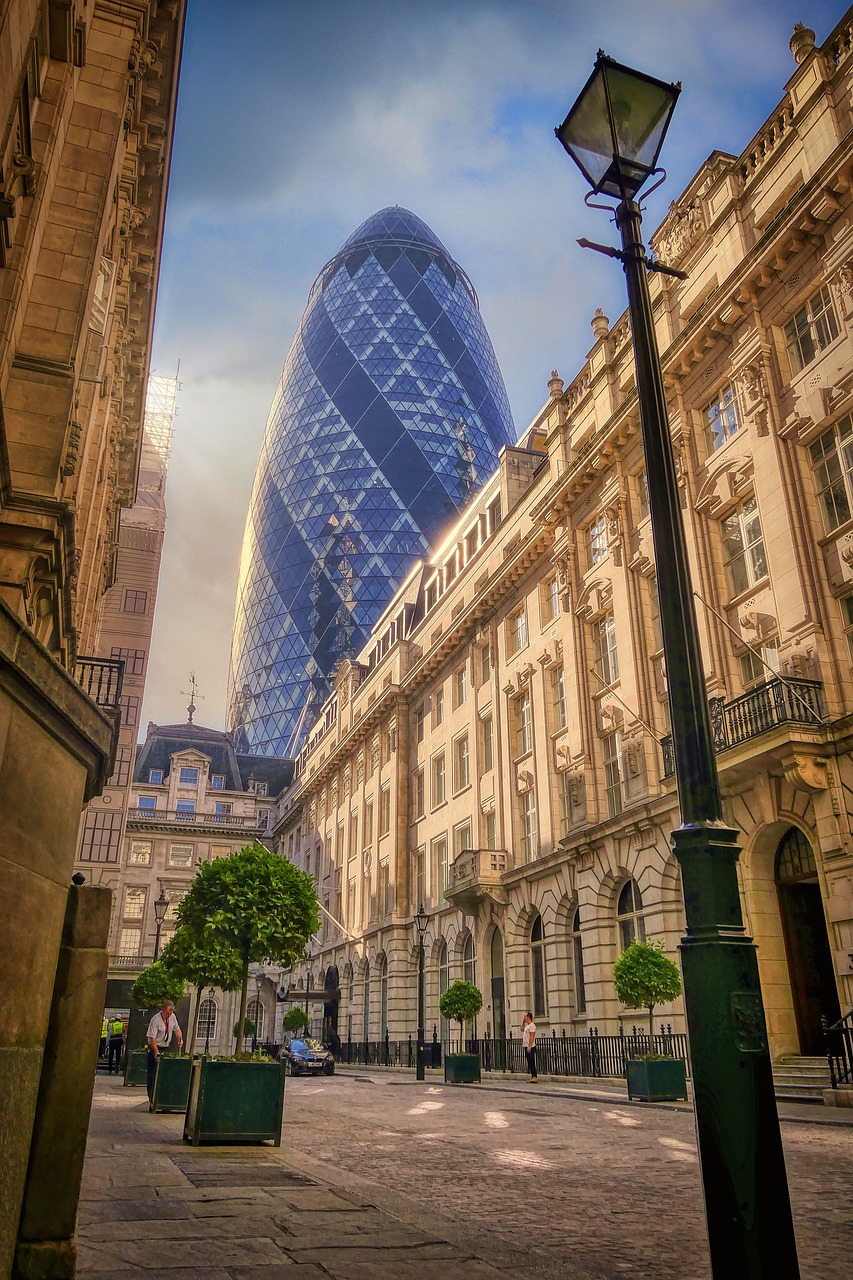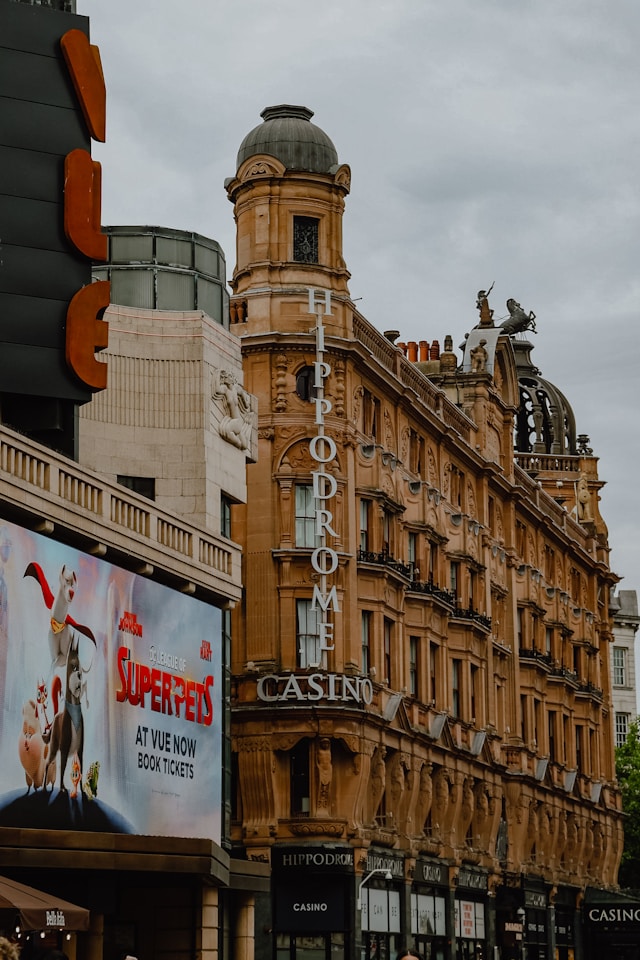London, a city renowned for its illustrious past and promising future, stands at the threshold of an architectural awakening. As we journey forward, the city’s architectural tapestry is poised for a remarkable transformation, poised to display a fusion of sustainability, technological innovation, and deep respect for its historical roots.
Innovative Design Meets Sustainability
Sustainability is at the forefront of London’s architectural evolution. Imagine skyscrapers with vertical gardens, buildings powered by renewable energy, and advanced rainwater harvesting systems. These eco-friendly innovations aim to create a healthier, sustainable living space for Londoners.
Technology and Smart Infrastructure
Technological advancements will shape London’s urban landscape. Smart buildings with automated systems and advanced materials will enhance structures’ durability and functionality. At the same time, the integration of IoT will improve efficiency and comfort in living and working spaces.
Blending the Old with the New
While embracing modernity, London’s rich historical heritage will be preserved. Iconic landmarks like the Tower of London and Westminster Abbey will continue to coexist with contemporary architectural designs, creating a cityscape that respects its past.
Public Spaces and Community Living
The transformation of public spaces will encourage social interaction and community living. Pedestrian-friendly zones, public gardens, and shared areas will be designed to cultivate a sense of community and well-being among residents.
Flexible and Adaptive Architecture
The future of London’s architecture includes flexible and adaptive buildings. These multi-purpose structures will be capable of adapting to changing needs, reflecting a city that is both beautiful and highly functional.
Key Features of London’s Future Architecture
Let’s explore the specific architectural features poised to characterize London’s future. These elements are fundamentally shaped by innovation and a commitment to sustainability. They promise to redefine how Londoners live, work, and engage with their city.
Key aspects include incorporating green technology in skyscrapers and creating spaces for community engagement. Ensuring cultural inclusivity is also central. Together, these features will transform London into a model of modern, sustainable urban life. We’ll see their impact in making London more resilient, efficient, and vibrant for future generations.
Eco-Friendly Skyscrapers:
These high-rises, replete with integrated green spaces, will serve as more than just office or residential areas. They will become self-sustaining ecosystems, featuring energy-efficient systems and green roofs that reduce urban heat islands and improve air quality.
Smart Urban Spaces:
Adopting IoT and innovative technology in public and private buildings will revolutionize daily living. These spaces will optimize energy use, enhance security, and provide unparalleled convenience, transforming how Londoners interact with their environment.
Heritage Preservation:
London’s future will see innovative methods of blending new constructions with historic sites, ensuring that the city’s architectural legacy is preserved and highlighted within contemporary designs, creating a unique juxtaposition of the old and the new.
Community-Centric Design:
Future architectural designs will focus on communal living by expanding public spaces and amenities. These areas will encourage community interaction, foster social ties and enhance the overall quality of urban life.
Adaptive Reuse:
The conversion of old buildings for new purposes will maintain the historical charm of London while meeting modern needs. This approach not only preserves significant structures but also promotes sustainability through the reuse of existing resources.
Resilient Structures:
Future buildings in London will be designed to withstand environmental changes and urban challenges, such as climate change impacts and increased urban density. These structures will be more than just physically resilient; they will be adaptable to changing environmental conditions.
Cultural Inclusivity:
London’s architecture will reflect its diverse cultural heritage, incorporating designs and motifs representing its rich cultural tapestry. This inclusivity in design will enhance the city’s global appeal and cultural richness.
Green Mobility Hubs:

Integrating environmentally friendly transportation options will be central to future urban planning. These hubs will not only reduce carbon emissions but also improve the overall accessibility and connectivity of the city, promoting a healthier, more sustainable urban lifestyle.
Conclusion
The future of London’s architecture is a journey towards a city that is environmentally conscious, technologically advanced, and deeply connected to its historical roots. As we envision this future, it’s clear that London is poised to become an exemplar of innovative urban living, blending the past and the future into a harmonious, dynamic cityscape.




